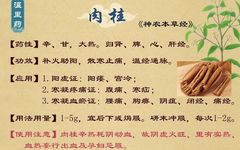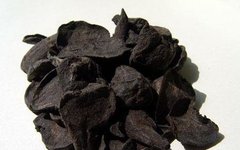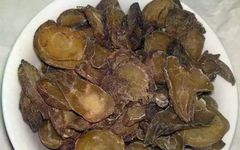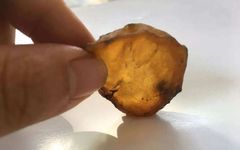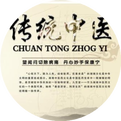Cinnamon (Rou Gui): Nourishing Fire and Supporting Yang to Warm the Heart and Spleen
Click above to follow “Learn TCM“! Source Cinnamon (Rou Gui) and the exterior-releasing herb Gui Zhi (Cinnamon Twig) come from the same plant. Gui Zhi uses the tender branches from the current year, while Rou Gui is made from the bark of the trunk and thicker branches, which can also be peeled off for use. … Read more

